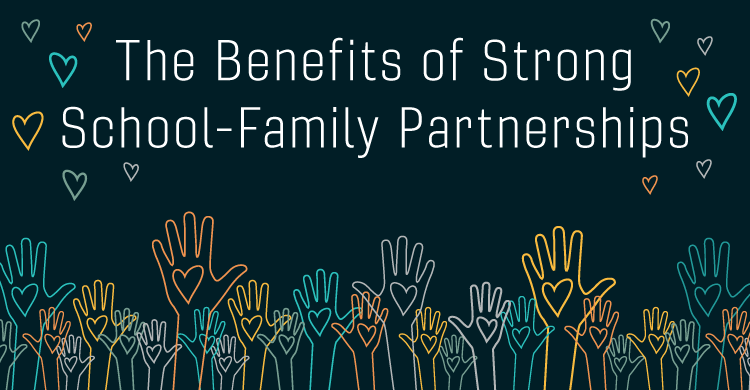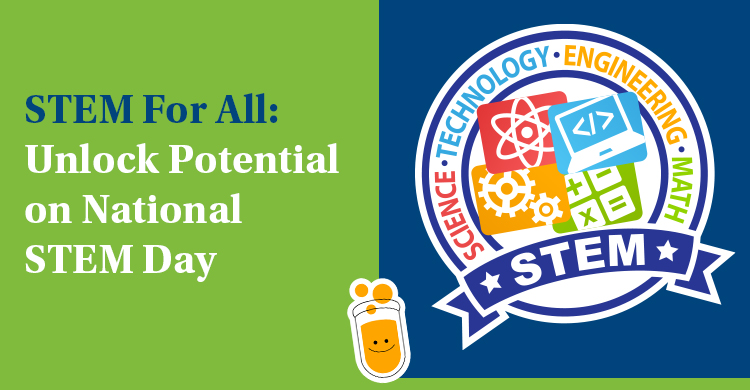Cultivating strong relationships and communication between school staff and families is arguably the most effective pathway to improving school culture. Research clarifies that strong school-family partnerships positively impact student achievement and well-being, foster greater equity, and are a pillar of great schools.
Communities are enriched when schools focus on families
In his in-depth study of Chicago schools, Anthony Bryk and colleagues (2010) discovered that strong ties between schools and families were one of the five key levers for improving schools from good to great. When strong school-family partnerships or any of the other four elements were removed, the school would not improve.
However, schools are not revamping their approaches to engaging with families fast enough to meet the shifting demographics (Meckler & Rabinowitz, 2019). Educators are often falling back on antiquated and status-quo family involvement approaches that are typically school-centric (Santana, Rothstein, & Bain, 2016). This should not come as a surprise. Studies confirm that partnering with families is often the area teachers feel least confident about, partly because of how little training they have in this realm (MetLife, 2013).
Maintaining our traditional practices will not meet the needs of our families or serve our deepest goals as educators. We can’t have families peripheral to the real work. We can’t continue to “blame each other for any struggles that arise” (Hong, 2019). As I explore in detail in, On The Same Team: Bringing Educators and Underrepresented Families Together (Solution Tree, 2024), the progress we seek depends on educators and families forging stronger and more authentic partnerships.
Strong school-family partnerships aid underrepresented populations
It is vital for us as educators to create school communities that have higher levels of trust, communication, and rapport between educators and all families, particularly with immigrant families and caregivers from other underrepresented communities.
“Perhaps the most effective way to provide an environment that allows for children to flourish, learn and develop is to understand the specific vulnerabilities of immigrant families in the United States. In other words, to care,” writes Gabrielle Oliveira (2022), professor of education at Harvard. “Schools aren’t only about the hopes of individuals but also the larger hope that we can create an inclusive and just society where people of all sorts of backgrounds can thrive” (Oliveira, 2022, p. SR9).
More robust support for underrepresented families “will enhance all learning communities and create more accessible opportunities for engagement” (UnidosUS, 2022). In addition, prioritizing relationships is a more culturally responsive approach because many underrepresented families identify with collectivist value systems, which emphasize relationships over tasks (El Yaafouri, 2022).
24 ways everyone benefits from amazing school-family teams
When we prioritize strengthening our partnerships with families, a host of important outcomes surface. The table below summarizes some of the most significant benefits for all partners.
| Benefits for Students | Benefits for Families | Benefits for Schools |
| Improved health, social and emotional well-being, and social and cognitive skills (Mapp et al., 2022) | Development of leadership abilities and feeling more included and connected to the school (Mapp et. al, 2022) | Educators find more joy in their work and demonstrate improved attitudes and morale (Constantino, 2021) |
| Lower rates of student anxiety, aggression, and depression (Mapp et al., 2022) | Access to institutional knowledge and resources, improved ability to support their child’s academic success (Santana, Rothstein, & Bain, 2016) | Educators are more likely to stay at schools where they have strong partnerships with families (Mapp et al., 2017) and remain in the profession longer (Mapp et al., 2022) |
| Better grades, attendance rates, test scores, and increased likelihood that students go to college or a postsecondary program (Jargon, 2022) | Provides a community hub and peer network (Flamboyan Foundation, 2019) | Improved relationships with families and community (Mapp & Bergman, 2022) |
| Reduced drop-out rates and increased graduation rates (Ishimaru, 2019; Mapp, 2021) | School-related needs and concerns are more likely to be addressed (Mapp et al., 2022) | Educators gain insights into students’ strengths and can be more effective at motivating and engaging students (Mapp et. al, 2022) |
| Improved behavior and fewer discipline issues (Epstein and Associates, 2018) | Higher levels of trust (Pondiscio, 2022) | Educators feel less isolated and a sense of shared purpose |
| Faster rates of literacy acquisition and growth in mathematics (Flamboyan Foundation, 2019). | A greater sense of agency | Schools perform better, have a more positive culture, and develop better reputations (Mapp et al., 2022) |
| Greater sense of safety and security (Oliveira, 2022) | Access to strategies to support their child’s learning at home | Staff develop more multicultural and community awareness and value families more fully (Mapp et al., 2022) |
| More successful transitions from one phase of education to the next (Epstein and Associates, 2018) | Stronger and more trusting relationships with educators at their school | Community partners become more involved in supporting the aspirations of students, staff, and families |
Strengthening ties between home and school
As I share in depth in On The Same Team (Solution Tree, 2024), one key pathway to realizing these outcomes is to form teams that bring educators and underrepresented families together to strengthen relationships, foster mutual learning, and co-create positive changes. We need to develop these types of collaborative structures in more of our schools as well as equip educators with a broader toolbox of efficient, high-leverage practices that help build stronger relationships with families, enhance learning outcomes, and transform school communities.
With great intentionality and determination, educators and families need to challenge current paradigms of family engagement and co-create this shift toward authentic partnerships (Budge & Parrett, 2022). By doing so, schools will more effectively address the array of challenges and better meet their potential. As Parker Palmer, the educational activist writes, “People who start movements do so not because they hate an institution but because they love it too much to let it descend to its lowest form” (Palmer, 1997, p. 170).
In the wake of the pandemic, we stand at a crossroads. This is a moment of truth for education. Do we want to create school communities trapped in the inertia that characterizes many public institutions? Are we unwilling to move beyond the types of school-family approaches that we are familiar with? Or do we have the foresight and determination to make this “moment of disruption . . . a moment of reinvention,” as David Brooks suggested in his article, “America Should be in the Middle of a Schools Revolution” (Brooks, 2023).
Partnering more effectively with families is one of the keys to addressing many of these challenges and charting a more human-centered approach to improving our nation’s schools.
Looking to keep learning? Explore these additional, handpicked resources on the importance of strong relationships and how home and family affect student learning:
Ari Gerzon-Kessler is the author of On the Same Team: Bringing Educators and Underrepresented Families Together







